The rapid advances in battery storage technology have indeed been a game-changer for renewable energy, especially solar. However, with this surge in interest and options comes a greater need for public education and awareness.
While it’s an exciting time to consider going off-grid or at least reducing reliance on conventional energy sources, the multitude of choices can be overwhelming and sometimes misleading for consumers.
Let’s delve into them a bit further:
Is It Necessary to Have a Battery Storage System?
If cost-saving is your primary concern, then it might be more practical to go for a solar-only system initially. The solar-only system could still give you significant savings – 50 to 70% off your electricity bill.
With modern inverters that are “battery ready,” you keep the door open to add a battery in the future when costs may have come down further. This is a particularly smart strategy if you’re home during the day and can consume solar energy as it’s produced.
Which is the Best Battery Storage System?
While the Tesla Powerwall 2 is a well-known brand, it’s not suitable for everyone mainly due to its higher cost and large capacity.
The ideal system varies depending on a multitude of factors: daily energy usage, peak energy usage, whether the home is occupied during the day, climate conditions, and so on.
In Australia, where energy usage patterns may be quite different from colder climates, smaller and more affordable battery options might be more fitting. The “best” system is genuinely unique to the individual household.
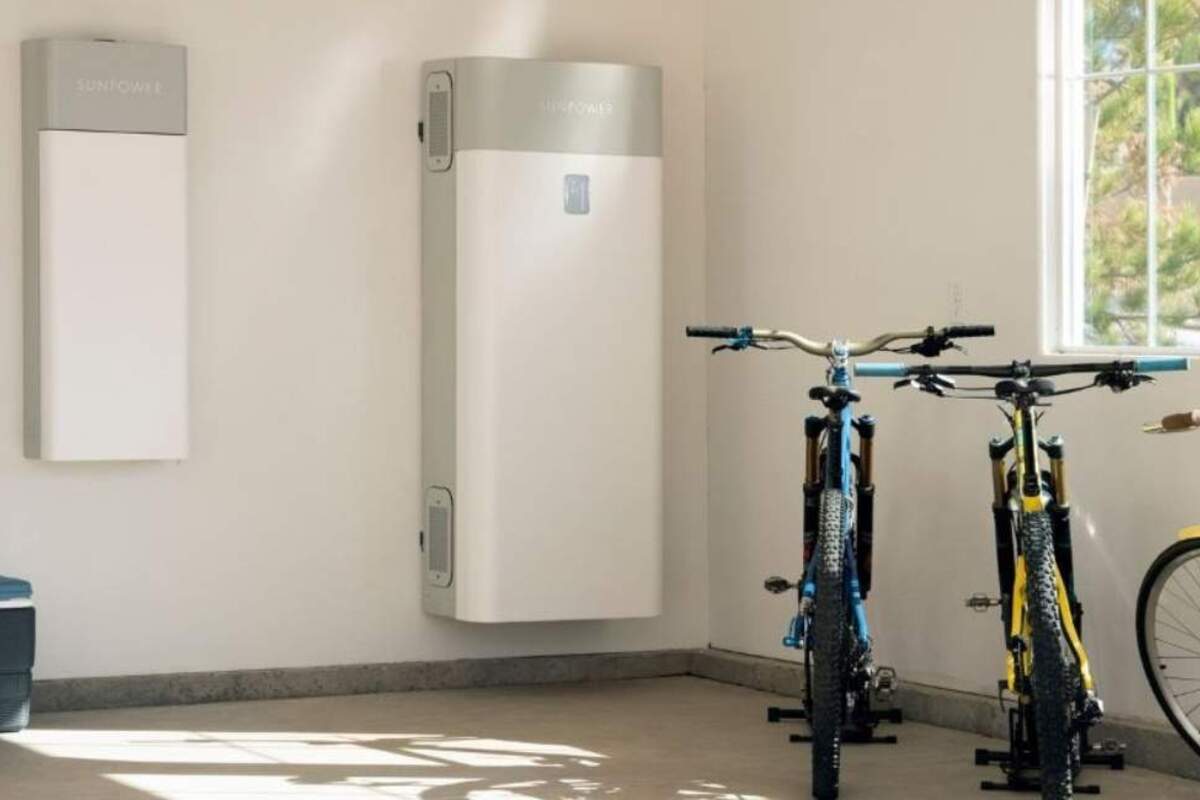
How Long Does a Battery Storage System Last on Average?
Longevity is a significant concern given the costs involved. Most modern battery systems offer a 10-year warranty, ensuring that the battery will retain 60-80% of its initial capacity after this period.
However, the actual lifespan could be longer or shorter depending on several factors such as the number of “cycles” (full charge to full discharge), ambient temperature, and how the system is managed.
Given these variables, estimates suggest a practical lifespan of between 8 to 15 years for modern lithium-ion batteries.
What’s the Average Cost of a Solar Battery System?
A mid-sized 6kWh battery might cost around $5,000 plus the inverter and installation costs, taking the price possibly up to the $7,000–$8,000 range.
That said, solar panels are relatively more affordable, with a 6kW array costing roughly the same but without the added expense of a storage system. Off-grid systems are, as you pointed out, a completely different ballpark, often requiring a substantial initial outlay due to the need for larger battery storage and more powerful inverters.
In summary, while the prospect of going off-grid or becoming energy-independent is enticing, it’s vital to temper expectations with the current capabilities and costs of existing technology.
A pragmatic approach would be to start with a solar-only system and leave the door open for future upgrades, including a battery system when it becomes more economically viable.

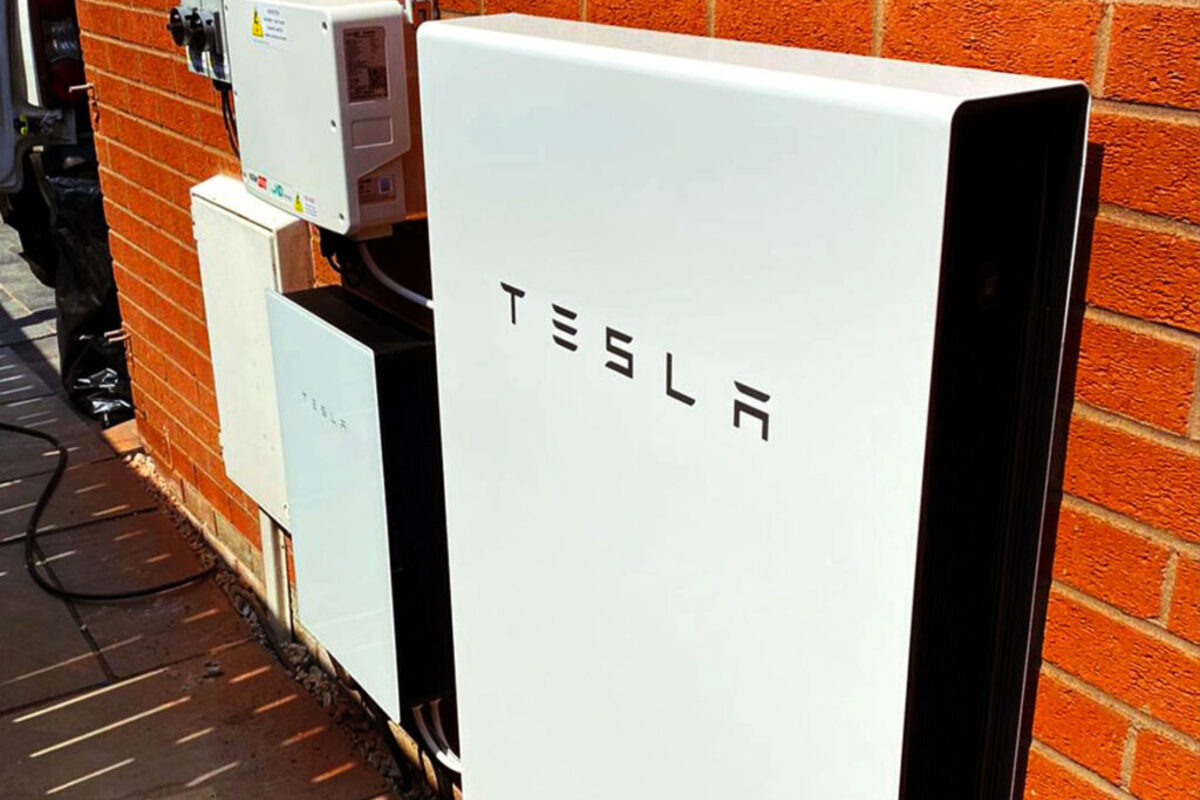
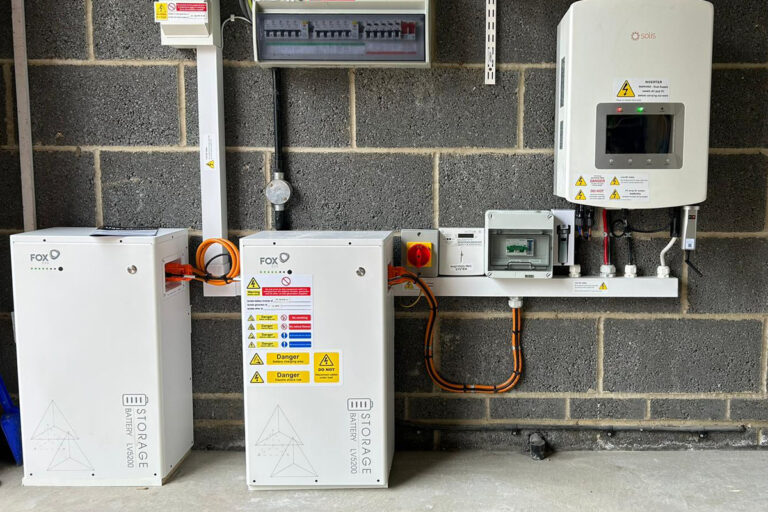
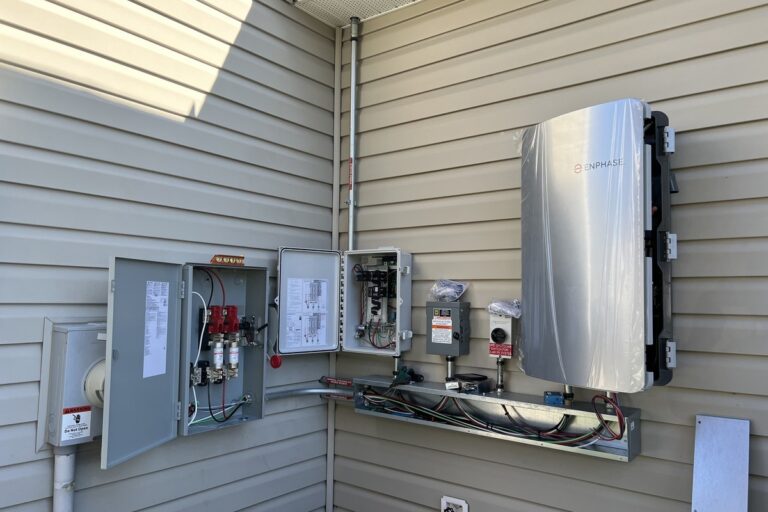
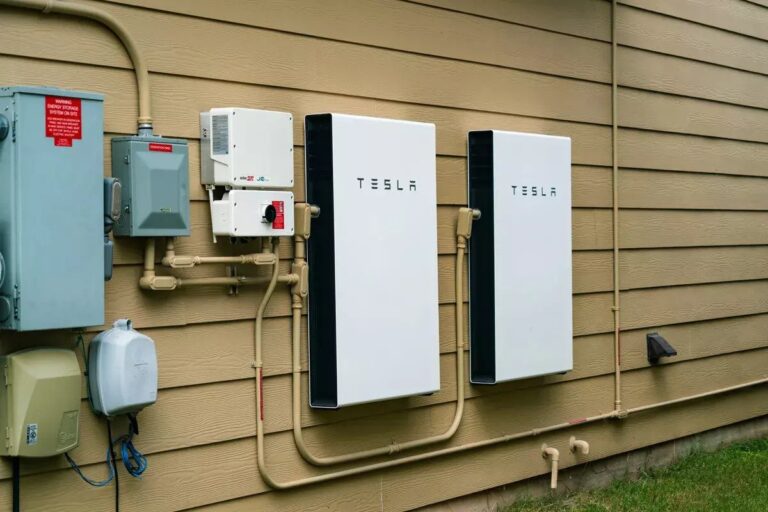
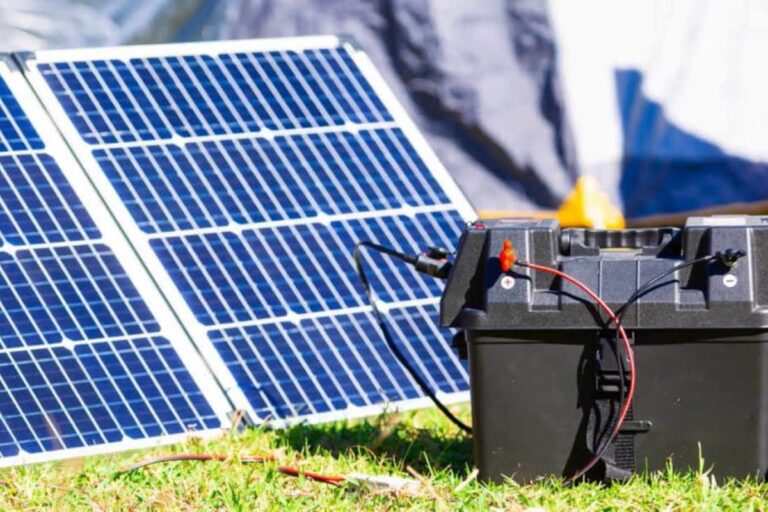
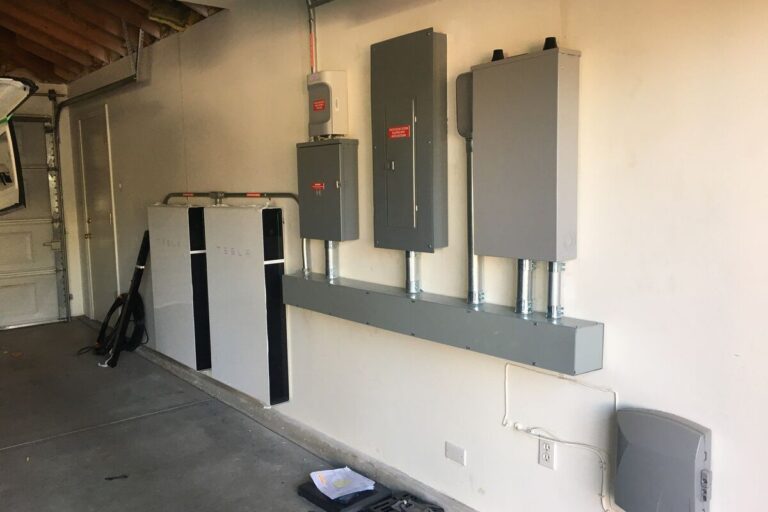
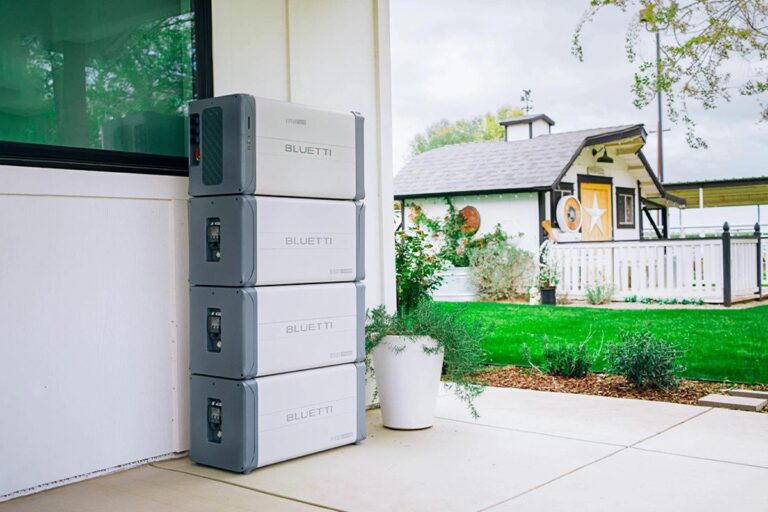
+ There are no comments
Add yours